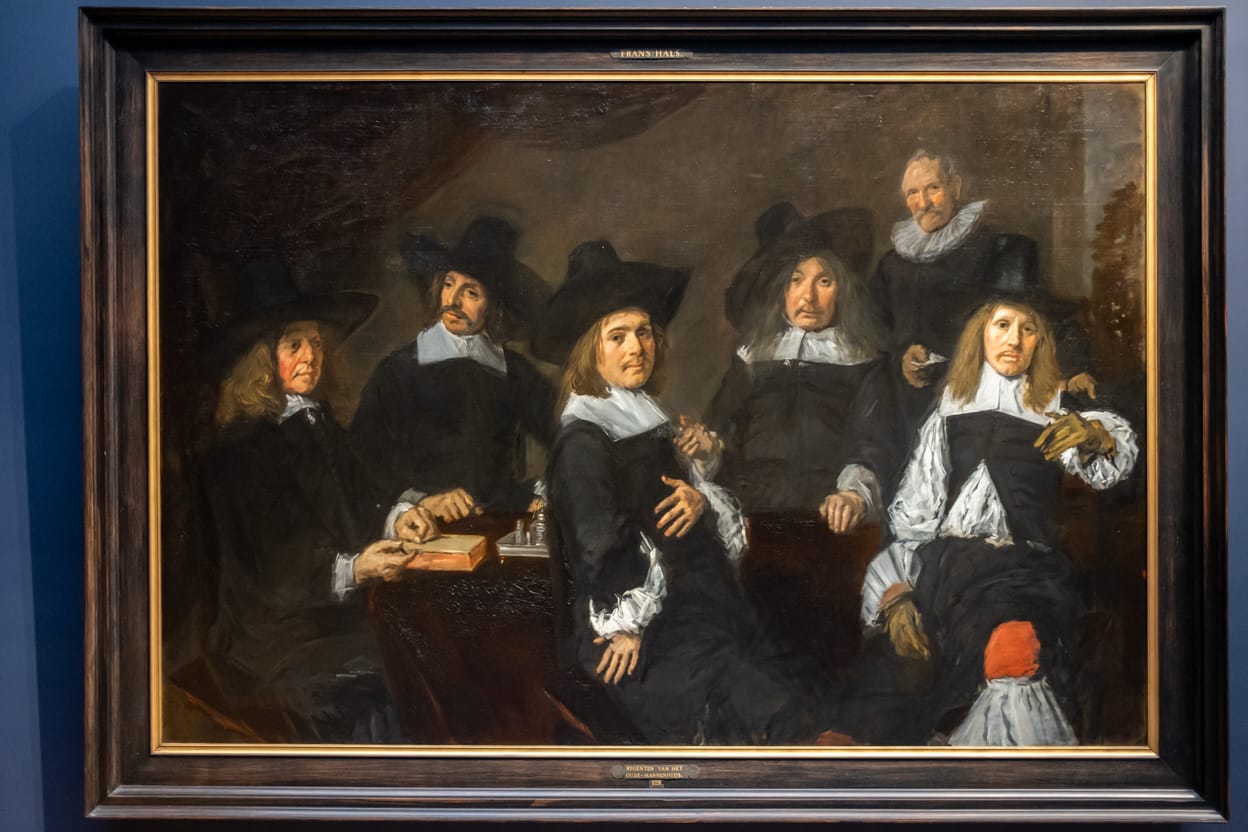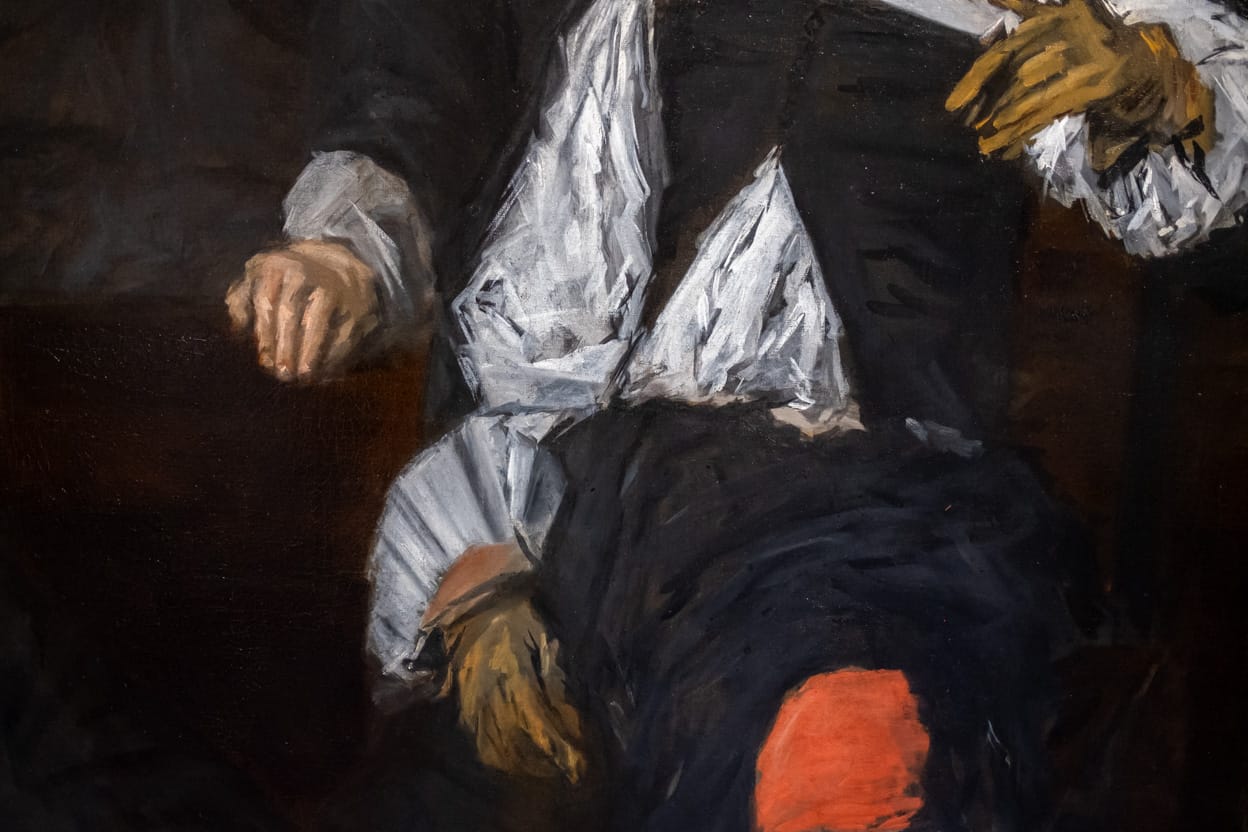Following hot on the heels of last year’s Vermeer retrospective the Rijksmuseum, together with the National Gallery in London and the Gemäldegalerie in Berlin, has organized a large-scale retrospective of Frans Hals, bringing together some of his best works. Of course, to see a large selection of works by Frans Hals you can always travel to the Frans Hals Museum in Haarlem, but his best paintings are scattered across multiple institutions.
Surprisingly little is known about Frans Hals. He was born in Antwerp between 1582 and 1584. In 1585, the family moved to Haarlem, where Frans Hals trained as a painter. In 1610, he established himself as an independent artist with his own studio and apprentices. Throughout his career he primarily painted portraits of wealthy citizens and the occasional group portrait. In his own time he painted his family members and so called “tronies”, portraits of generic people.
Hals was celebrated during his lifetime, as evidenced by the large number of commissions he received, but after his death, in 1666, his work fell into oblivion.
In the mid-19th century, some 200 years after his death, his work was rediscovered. Painters such as Courbet, Manet and Van Gogh expressed their admiration for his paintings. In 1865 one of his portraits, “The Laughing Cavalier” (1624), was sold at auction for the then staggering sum of 51,000 francs, six times the estimate. It was later bequeathed to the Wallace Collection in London and is one of the highlights of the exhibition.


Frans Hals, Regents of the Old Men’s Alms House (1664)
Frans Hals is best known for his loose, bold brushstrokes. This is most visible in the “tronies” and in his late work. “Portrait of a Man in a Slouch Hat” (1660) is a great portrait that reminded me of Manet. “Regents of the Old Men’s Alms House” (1664) is an equally magnificent group portrait. It is fascinating to see how, with a few rough brush strokes, Hals painted the collars and cuffs, especially when compared with some of his early portraits, in which he meticulously painted every detail.
Other than that there is little to say about Frans Hals. His name is often mentioned in the same breath as Rembrandt and Vermeer, but I found most of his paintings rather dull, especially the ones in the first half of the exhibition, with none of the intensity or the inventiveness of Rembrandt. Frans Hals’s militia portraits, for example, seem rather stiff and pale compared with “The Night Watch”. But don’t take my word for it and go and have a look for yourself if you have a chance.
Frans Hals is at the Rijksmuseum, Amsterdam until 9 June 2024 and at the Gemäldegalerie, Berlin from 12 July until 3 November 2024.